Australia’s extreme summer weather, which has seen cyclones and floods in the north and devastating fires in the south, has raised serious questions about how to deal with the effects of climate change.
Scientists say the intense weather conditions are just the beginning and governments need to prepare for more extreme weather due to global warming.
According to Dr Blair Trewin, from the Australian Bureau of Meteorology, the south-eastern corner of the country and the north-western region are both experiencing weather variations that parallel climate change modelling.
The south will experience longer, hotter and dryer periods as a result of global warming, he told The Epoch Times, and the north will experience more rainfall.
Both extremes have produced a devastating summer for Australia.
Floods in the north have driven people from their homes, wiped out hectares of farmland and destroyed cattle and cane crops and hindered much of the nation’s banana harvest.
Bushfires in the south have created Australia’s worst natural disaster, taking the lives of over 170 people in Victoria with the final tally expected to surpass 200.
Australia’s leading climate scientist, the CSIRO’s Kevin Hennessy, says managing firestorms under the changed climate conditions is going to be difficult
“Some of these fires were as tall as buildings and spotting up to 40km ahead of the fire front,” he said on ABC’s Radio National. “So that’s always going to be difficult, but in future, unfortunately, we see that some continued increases in greenhouse gases will lead to further warming and drier conditions in southern Australia. So the risks are likely to get worse.”
Mr Hennessy said it was not the fires alone that had caused such devastation, but the increasing heat in the region that had provided the conditions. On top of the three days of over 40ºC heat the week before the fires, “We got very hot winds from the interior of Australia, again exceeding 46ºC in some places, plus the very long period of – over a decade – of very dry conditions. Really, it was just a tinderbox waiting to go,” he said.
Mr Hennessy said previous fire management strategies, based on the Black Friday fires of 1939 that killed 71 people and the Ash Wednesday fires of 1983 that killed 75, had been effective to date, but now needed review.
“It’s just that in such an extreme situation, it was very difficult for some people to escape,” he said.
Policies developed from those previous fires advised people to have a bushfire plan ready to either stay and defend their homes or leave well before the fire became a threat.
These policies had clearly failed in the recent fires. With the intense heat, tinderbox conditions and 100km/hr winds, the fire moved so fast that many people were trapped in their cars as they fled or burned to death in their houses as they followed procedures to defend.
Victorian Premier John Brumby has announced a Royal Commission into the fires linking the tragedy for the first time to climate change.
“There is clear evidence now that the climate is becoming more extreme. Those people that doubted it...we have had temperatures of 48 degrees,” he said.
Mr Brumby said the Commission would look at all planning policies, including the “stay and defend” and “leave early” policies.
“I think when the time comes to examine in-depth all of the issues that occurred, obviously fire policy will be one of those areas,” Mr Brumby said
“I think our policy has served us well in what I call normal conditions,” he told ABC.
“These were unbelievable circumstances.”
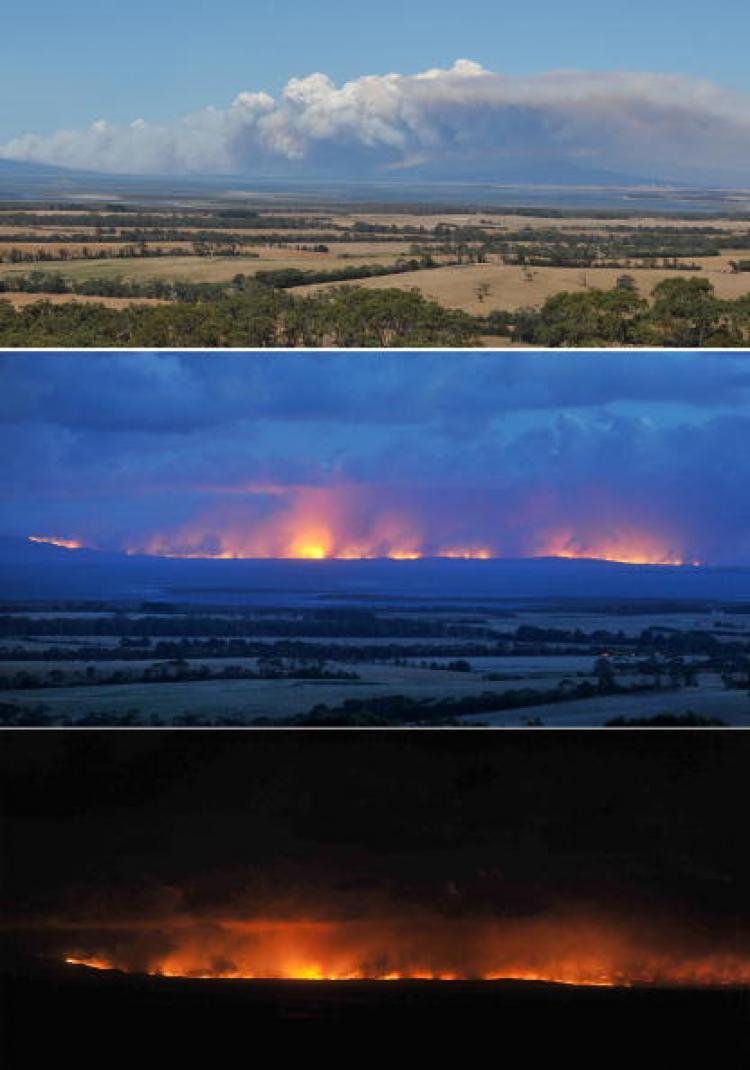
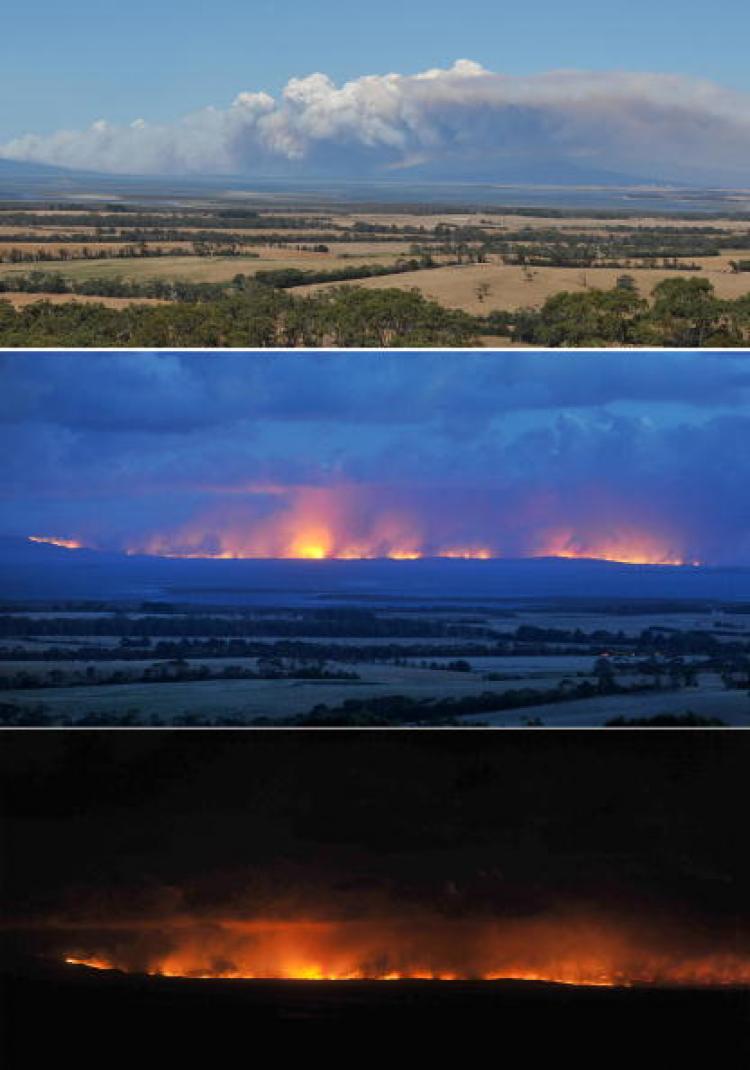
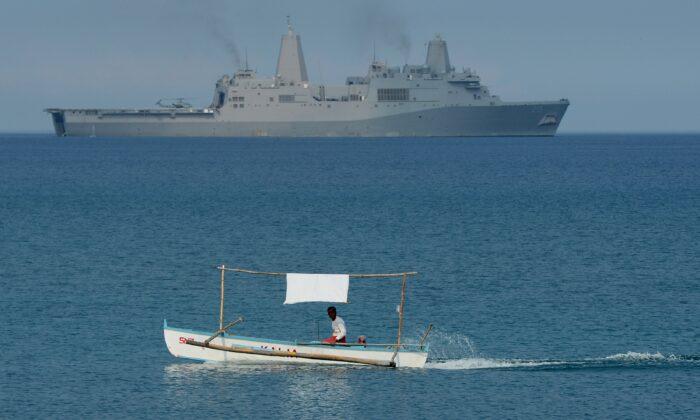
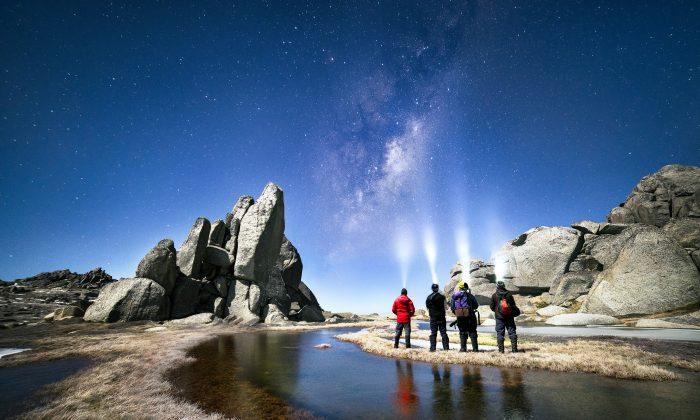
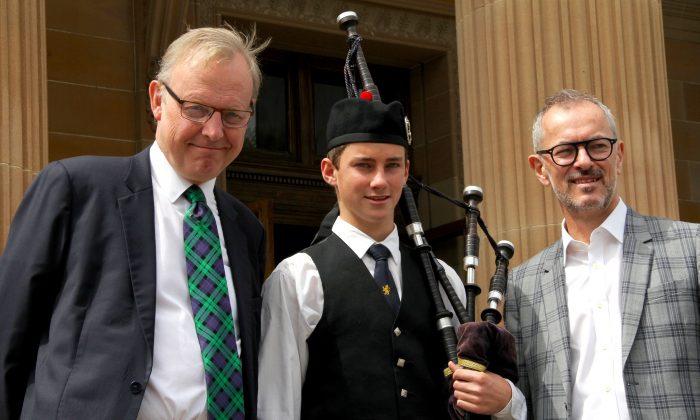

Friends Read Free